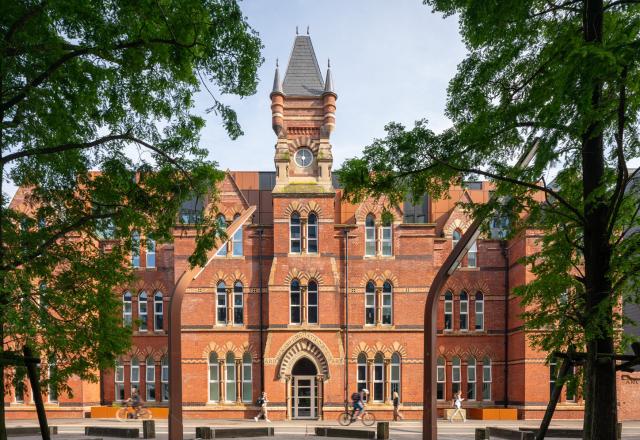
Plans have been submitted plans to redevelop the iconic Ancoats Dispensary.
The iconic Grade II listed building, close to Manchester city centre, was built in 1874 to provide healthcare for the city’s growing population alongside the Royal Infirmary. The local landmark remained in use until 1989 but has remained vacant since then which has led to the building progressively deteriorating and currently requiring scaffolding to hold up what remains of the existing structure.
Designed for Great Places Housing Trust, the proposals will provide a mixture of 39 one and two bedroom apartments, which will be available for affordable rent. Elements of the original building, including the Old Mill Street and Lampwick Lane facades, have been incorporated into the design to protect as much as the building's heritage and legacy as possible.
Commenting on the proposals, Helen Spencer Director of Development at Great Places, said: “We’re delighted to have submitted the plans on a development that looks to save one of Ancoats’ most cherished landmarks as well as providing 39 high-quality much needed affordable new homes in the area.
“We couldn’t have done this without the support and input of a variety of partners and would in particular like to thank Manchester City Council, Historic England and the Ancoats Dispensary Trust whose feedback was invaluable in helping us to develop a design that will provide modern affordable homes whilst acknowledging the site’s rich historic past by preserving as much of this iconic building as possible.”
Sir Richard Leese, leader of Manchester City Council, said: “This is a landmark moment for the Ancoats Dispensary, a building whose future has not been certain for decades. Following a number of bids to save it, it’s fantastic to now be able to celebrate a way forward that will both deliver genuinely affordable homes in the city centre, and will at the same time help preserve the heritage features of this building that represents the unique history of this part of Manchester.”
